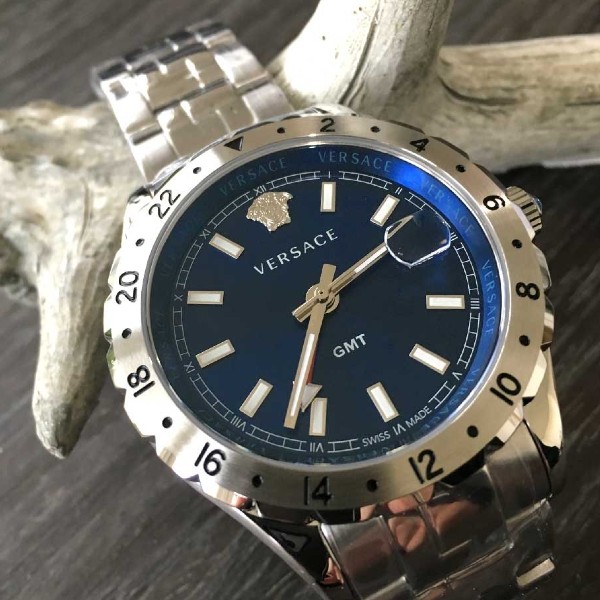The first batch of five Rafale jets took off from Dassault Aviation Facility, Merignac, France on Monday, July 27, 2020, and landed at Air Force Station, Ambala, India on Wednesday afternoon with a scheduled stopover en-route at Al Dhafra airbase in the UAE.
Nearly four years have passed after India signed an intergovernmental agreement with France to acquire 36 of the combat aircraft under a 59,000-crore contract.
The Rafale will be the seventh addition to the kinds of fighters that the IAF has — an accomplishment that is quite unique to force relative to the world’s major air forces. Identified as the aircraft of the 4.5 generation, the Rafale is known to be one of the world’s best fighters. At a period when India is caught in a tense borderline with China, the Rafale fleet is anticipated to significantly boost the IAF’s fighting capability.
Here are the 10 things that you need to know about the Rafale Jets that landed in India on 29 July 2020:
1. Of the 10 Rafale jets handed over to India, five took off from Merignac airbase in Bordeaux, France on Monday, while five will remain behind for a training mission.

Image: live mint
2. The ferry of five Rafale jets was scheduled in two phases and operated by the IAF. The aircraft covered nearly 7000 kilometers from France to India. In seven and a half hours the first phase of the flight was covered. During the flight, the French Air Force (FAF) tankers provided dedicated air-to-air refueling support. The second phase of the flight was undertaken by IAF Tanker with Air-to-Air Refueling. Those five aircraft comprise three single-seater aircraft and two twin-seater aircraft.

Image: live mint
3. The first five Rafale fighter aircraft were flown by pilots of the 17 Golden Arrows led by Commanding Officer Group Captain Harkirat Singh along with other pilots, Wing Commanders MK Singh, R Kataria, Sidhu, and Arun. Harkirat Singh was the first pilot to touchdown at the base in Ambala.

Image: live mint
4. The first squadron of the Rafale jets is stationed at the Ambala airbase. Furthermore, an IAF spokesperson said that a formal induction ceremony would take place in mid-August.

Image: live mint
5. Sources claim that the Rafale jets are expected to be deployed in the Ladakh sector as part of the IAF’s efforts to improve its operational capabilities along the Line of Actual Control (LAC) with China in view of the country’s border row.
6. The aircraft is capable of carrying a wide range of powerful weapons. The European missile maker MBDA’s Meteor beyond the visual range of air-to-air missile and Scalp cruise missile would be the centerpiece of the Rafale jet weapons package.
- The main stronghold for the IAF is the weapon-carrying capability of the Rafale, which can also be optimized for delivering nuclear weapons. Meteor is the game-changing missile on-board, which is over Rs. 20-crore worth. It has a range of over 150 km with a zero escape kill distance of 120 km. This implies an Indian Rafale jet will be able to shoot down an enemy aircraft, even though it is more than 100 kilometers away, without even crossing the Indian airspace. Neither Pakistan nor China possesses as lethal a weapon as the Meteor.
- Another main missile on-board the Scalp long-range air-to-ground stand-off cruise missile, which is over Rs 40-crore worth. The 5.1 meter-long Scalp, weighing 1,300 kg, can be carried in either one missile or two missiles configuration on the Rafale. It has a range of 600 km and is renowned for its precision. The Rafale does not have to cross the Indian airspace to hit a target in enemy territories which is about 600 km away. It is a strategic weapon that can be used in penetration, impact or airburst modes, and can even strike deep even in anti-access and area-denial scenarios.

7. In addition to the missile systems, the Rafale jets also come with several India-specific upgrades, including Israeli helmet-mounted displays, radar warning receivers, low-band jammers, 10-hour flight data recording, infrared search and tracking systems, among others.
8. Rafale Statistics: Rafale comes with its 10-tonne empty weight, with a range of 3,700 kilometers. It comes packed with 14 hard points. Five of those hard points are capable of heavy ordnance and drop tanks. Total external load capability is 9.5 tonnes, ensuring the Rafale can carry the equivalent of its own empty weight in payloads. The maximum take-off weight is 24.5 tonnes, and the aircraft is capable of carrying 4.7 tonnes of internal fuel and up to 6.6 tonnes external. The landing ground run is 450 meters without drag-chute, with a top speed of almost twice the speed of sound.

Image: News18
9. Rafale’s second squadron will be stationed in West Bengal at base Hasimara. The IAF invested about Rs 400 crore building the necessary infrastructure at two bases, such as shelters, hangars, and maintenance facilities.
10. The 36 aircraft are to be delivered before the end of 2021. Among the 36 Rafale jets, 30 are to be fighter jets and six are to be trainers. The trainer jets will be twin-seaters and they will have nearly all the features of the fighter jets.























